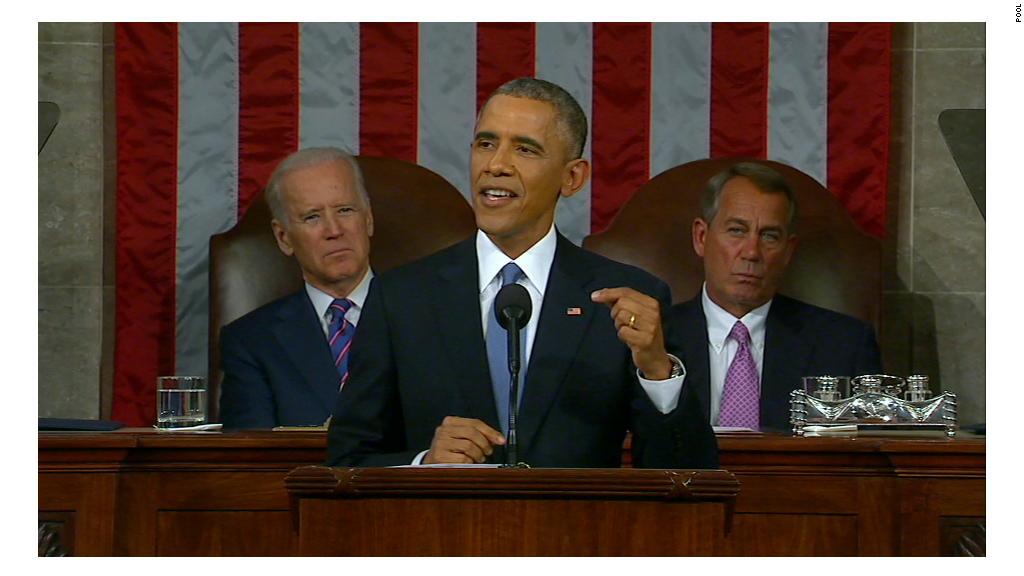
The most compelling reason to save for college in a 529 plan is the tax savings.
You can put away $14,000 each year for a child, pay no tax on the money while it's growing, and no tax when you withdraw it to pay for education costs.
President Obama is proposing to roll back the second part of that equation.
Savings would still grow tax-deferred, but withdrawals on any new contributions would be taxed as income to the beneficiary, typically the child in school. That means the money would be taxed at a lesser rate than if it were taxed as the parent's income.
Still, why remove a tax break meant to help pay for school?
The White House said the goal was to better target federal assistance to those who need it. The thinking is that those who save in 529s are families who can better afford college than everyone else.
Under the proposal, Obama would consolidate education tax breaks into one vehicle, the American Opportunity Tax Credit, and redirect federal assistance through that.
Obama is proposing to make the expanded version of the American Opportunity Tax Credit permanent. The credit, a dollar-for-dollar reduction of your tax bill, is worth up to $2,500 a year for qualified education expenses.
The president also wants to increase the $1,000 refundable portion of the AOTC to $1,500. The refundable portion is the credit you would get even if you don't owe any tax. He also wants to make the credit available for five years of college instead of four.
The AOTC is available to joint filers with modified adjusted gross income up to $180,000 and up to $90,000 for single filers.
Presumably some of the same filers saving in a 529 plan would benefit from an expanded and permanent version of the AOTC.
Related: Obama wants to close the "Trust Fund Loophole"
An analysis by the Government Accountability Office found that in 2010 less than 3% of families saved in a 529 plan. The GAO estimated that families who saved in 529s had a "median financial asset value" that was 25 times that of families without a 529.
But the College Savings Foundation, citing an investment industry analysis, noted that in 2014, over 70% of 529 plans were owned by households with income below $150,000.
Like almost all of the tax proposals the president will include in his next budget, the call to curb 529 benefits may not get very far in a Republican-controlled Congress.
- CNN Senior White House Correspondent Jim Acosta and CNNMoney's Melanie Hicken contributed to this story.
